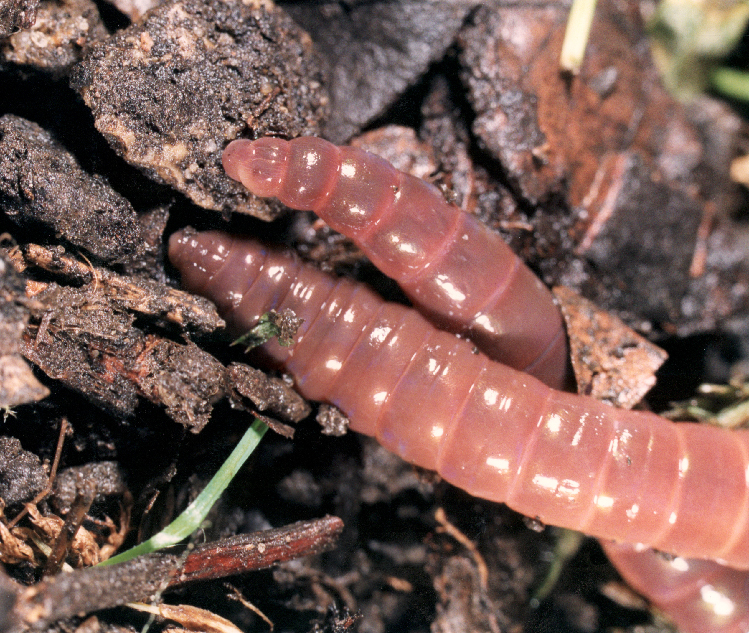
The digging, stirring and overturning of soil by conventional ploughing in tillage farming is 'severely damaging' earthworm populations around the world, scientists have said.
The findings, published in the scientific journal Global Change Biology, show a 'systematic decline' in earthworm populations in soils that are ploughed every year.
The deeper the soil is disturbed the more harmful it is for the earthworms, the study shows.
The scientists from the University of Vigo, Spain, and University College Dublin, Ireland, analysed 215 field studies from across 40 countries dating back as far as 1950.
Each of the studies investigated earthworm populations under conventional tillage and other forms of reduced tillage.
'Systematic decline'
“What we see is a systematic decline in the earthworm population in the soil after continued ploughing and a significant increase in the abundance of earthworms in less disturbed soil, although some soils would need more than 10 years to show good signs of recovery,” said Associate Professor Olaf Schmidt, University College Dublin.
According to the findings, the earthworm populations most vulnerable to tillage are larger earthworms that move between layers of soil and create permanent burrows between them (anecic earthworms).
Small earthworms that live in the top layers of soil and convert debris to topsoil (epigeic earthworms) were also found to be highly susceptible.
Farming practices that involve no-tillage, conservation agriculture and shallow non-inversion tillage were shown to significantly increase earthworm populations.
The scientists note that these reduced tillage practices are increasingly being adopted world-wide due to their environmental benefits in terms of erosion control and soil protection.
